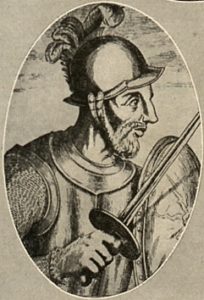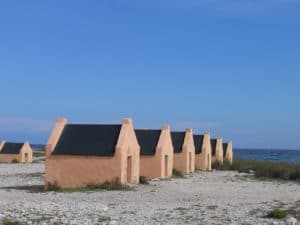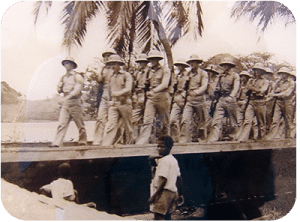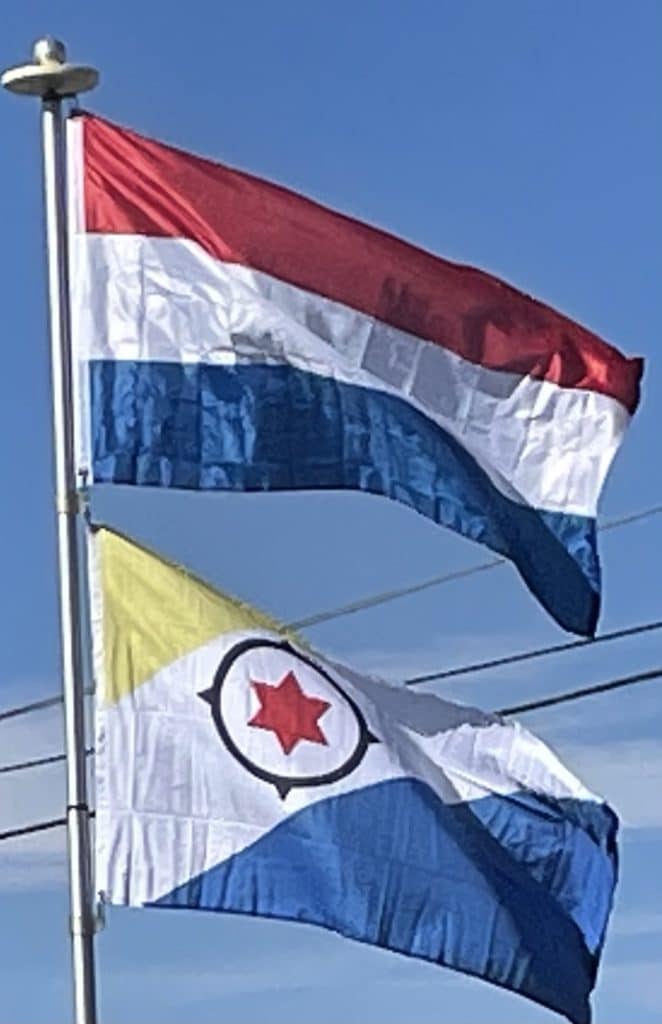
In 1526, Juan de Ampies was appointed Spanish commander of the ABC Islands. He brought back some of the original Caquetio Indian inhabitants to Bonaire and Curaçao. Ampies also imported domesticated animals from Spain, including cows, donkeys, goats, horses, pigs and sheep. The Spaniards thought that Bonaire could be used as a cattle plantation worked by natives. The cattle were raised for hides rather than meat. The Spanish inhabitants lived mostly in the inland town of Rincon which was safe from pirate attack.
Dutch Period:
The Dutch West India Company was founded in 1621. Starting in 1623, ships of the West India Company called at Bonaire to obtain meat, water and wood. The Dutch also abandoned some Spanish and Portuguese prisoners there, and these people founded the town of Antriol, which is a contraction of Spanish al interior (English: inside). The Dutch and the Spanish fought from 1568 to 1648 in what is now known as the Eighty Years War. In 1633, the Dutch – having lost the island of St. Maarten to the Spanish – retaliated by attacking Curaçao, Bonaire and Aruba. Bonaire was conquered in March 1636. The Dutch built Fort Oranje in 1639.
While Curaçao emerged as a center of the slave trade, Bonaire became a plantation of the Dutch West India Company. A small number of African slaves were put to work alongside Indians and convicts, cultivating dyewood and maize and harvesting solar salt around Blue Pan.

During the Napoleonic Wars, the Netherlands lost control of Bonaire twice, once from 1800 to 1803, and again from 1807 to 1816. During these intervals, the British had control of the neighboring island of Curaçao and of Bonaire. The ABC islands were returned to the Netherlands under the Anglo-Dutch Treaty of 1814. During the period of British rule, a large number of white traders settled on Bonaire, and they built the settlement of Playa (Kralendijk) in 1810.
World War II:
During the German occupation of the Netherlands during World War II, Bonaire was a protectorate of Britain and the United States. The American army built the Flamingo Airport as an air force base. After Germany invaded the Netherlands on 10 May 1940, many German and Austrian citizens were interned in a camp on Bonaire for the war’s duration. In 1944, Princess Juliana of the Netherlands and Eleanor Roosevelt visited the troops on Bonaire.

Bonairean sailors made an above-average contribution during World War II. German U-boats tried to eliminate shipping around the Aruba and Curaçao refineries and thus eliminate the huge fuel production for the Allies. Bonairean crewed ships also took part in these battles. Among the many, missing after the war, were the 34 Bonaireans who died on these ships (more than on the other islands of the then Dutch West Indies).
Post-War:
After the war, the economy of Bonaire continued to develop. The airport was converted to civilian use and the former internment camp was converted to become the first hotel on Bonaire. Salt production resumed in 1966 when the salt pans were expanded and modernized by the Antilles International Salt Company, a subsidiary of the International Salt Company.
